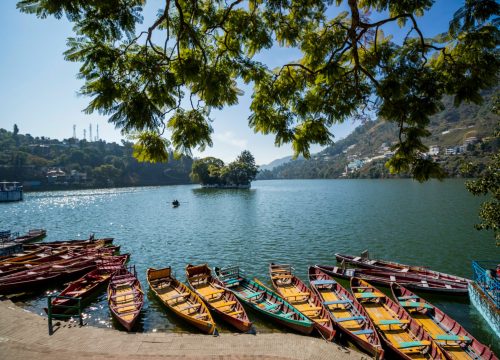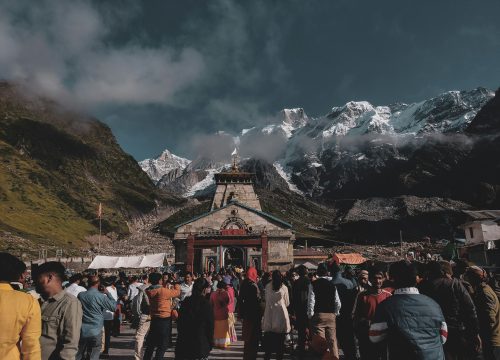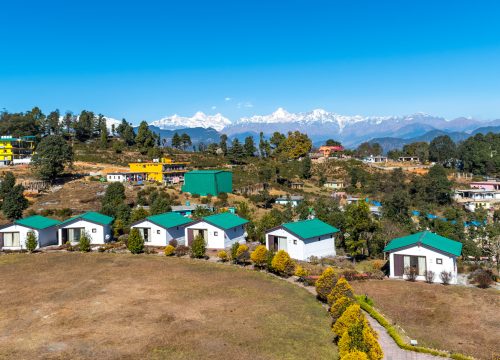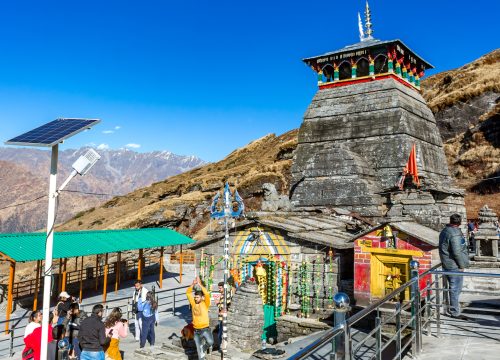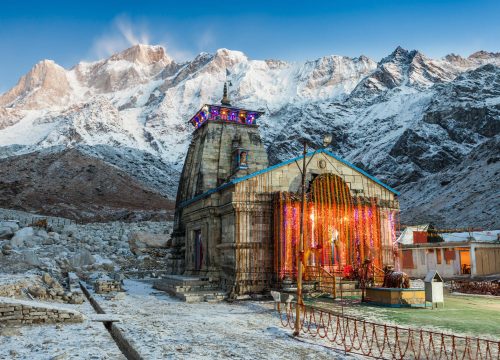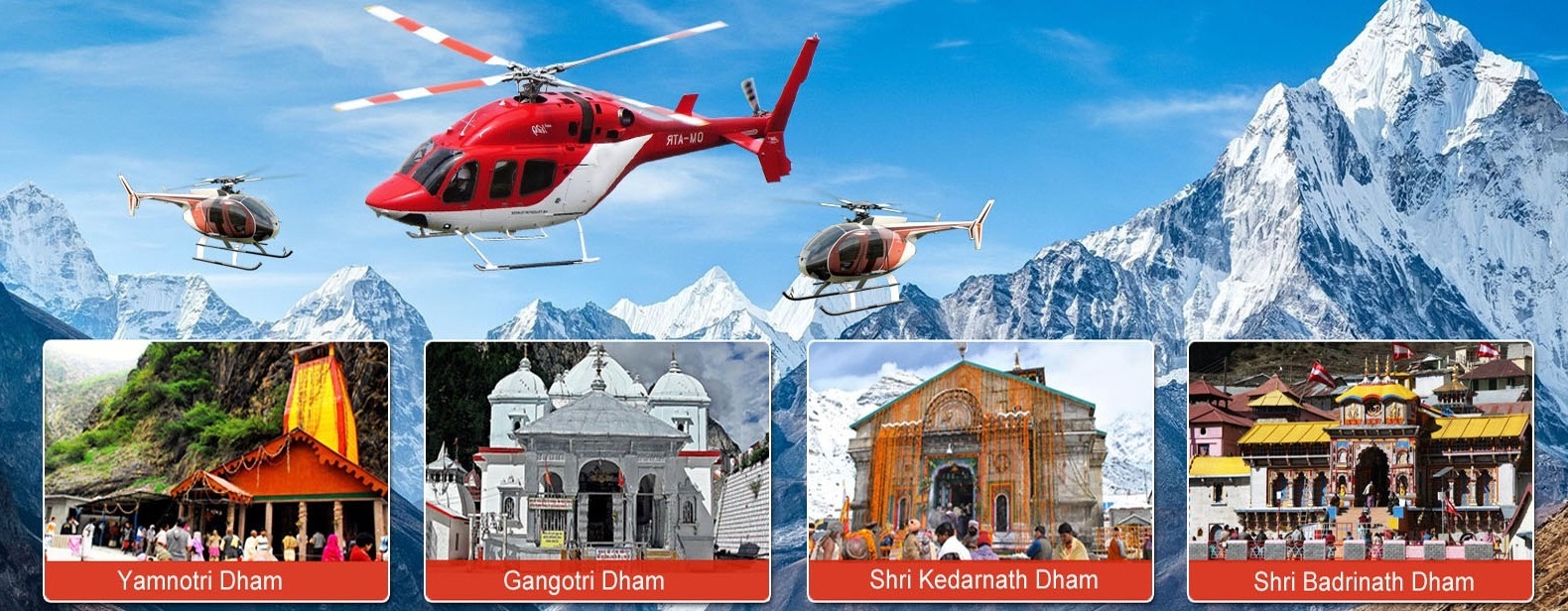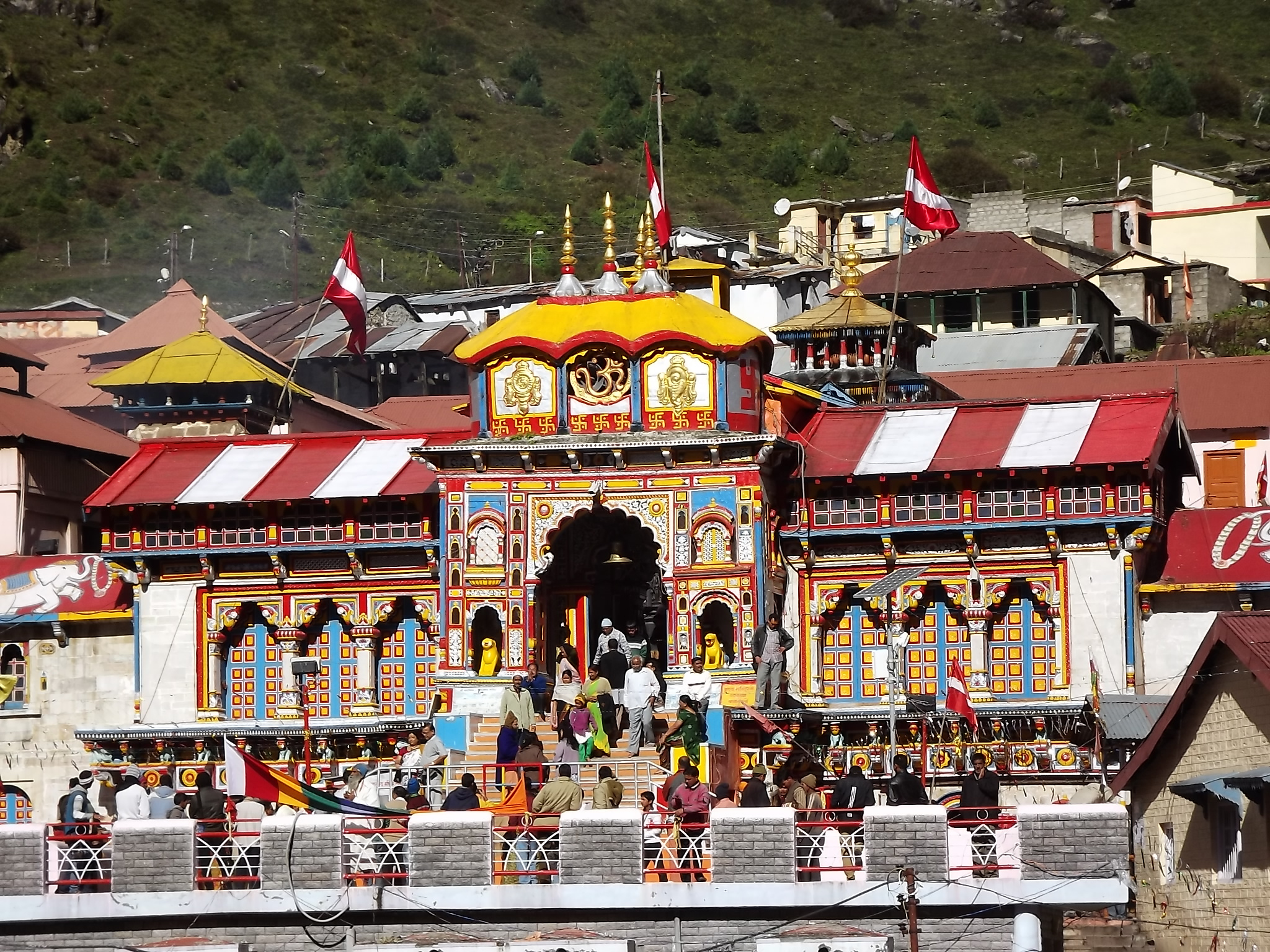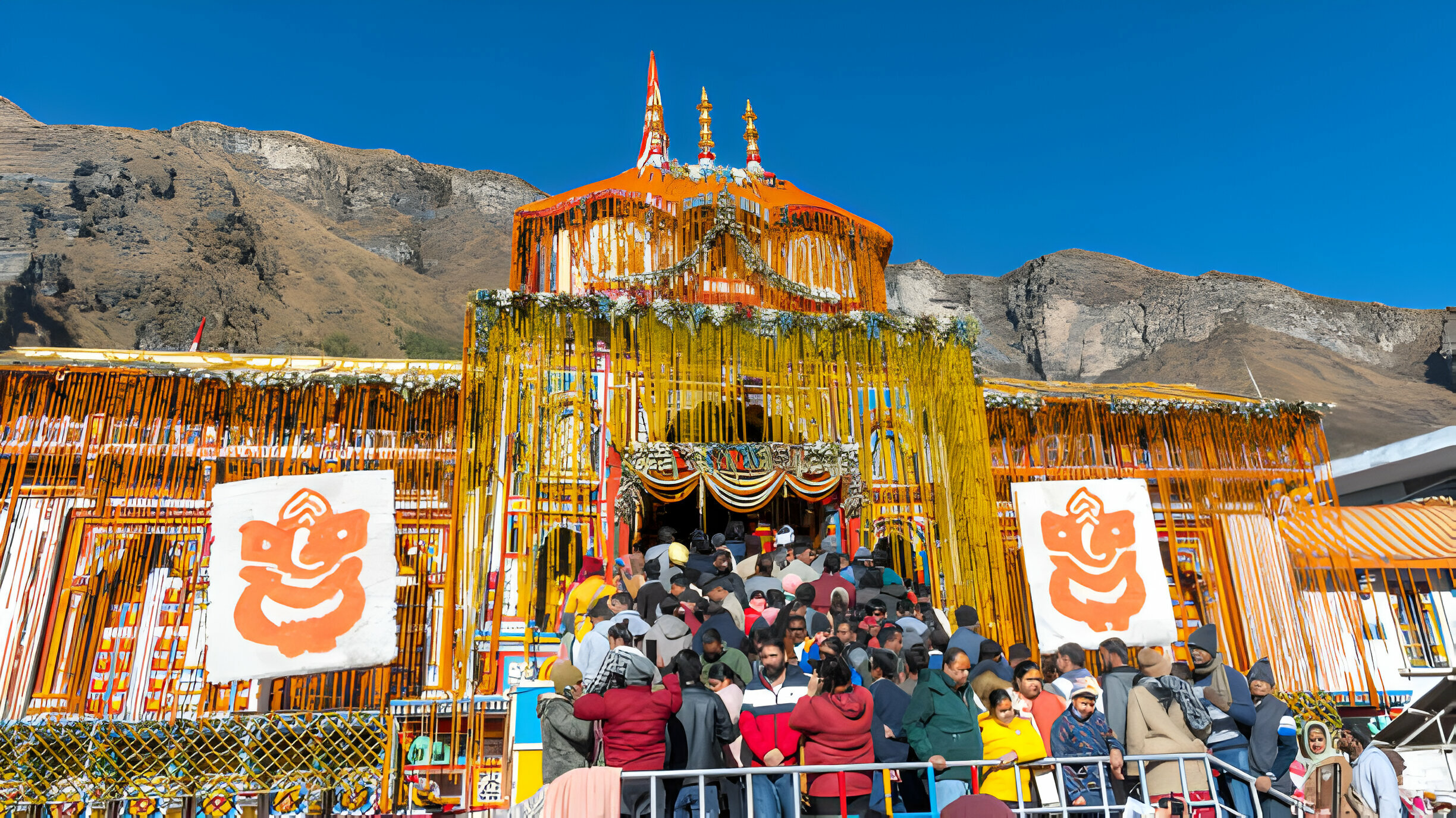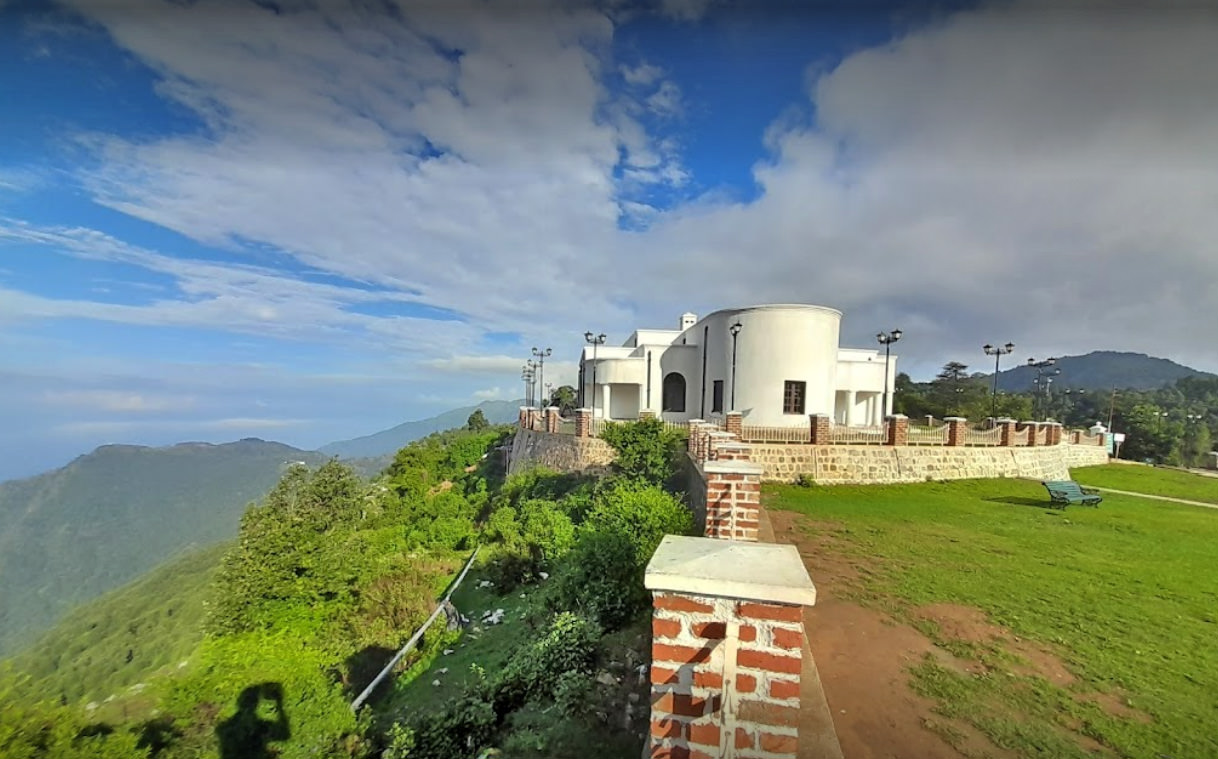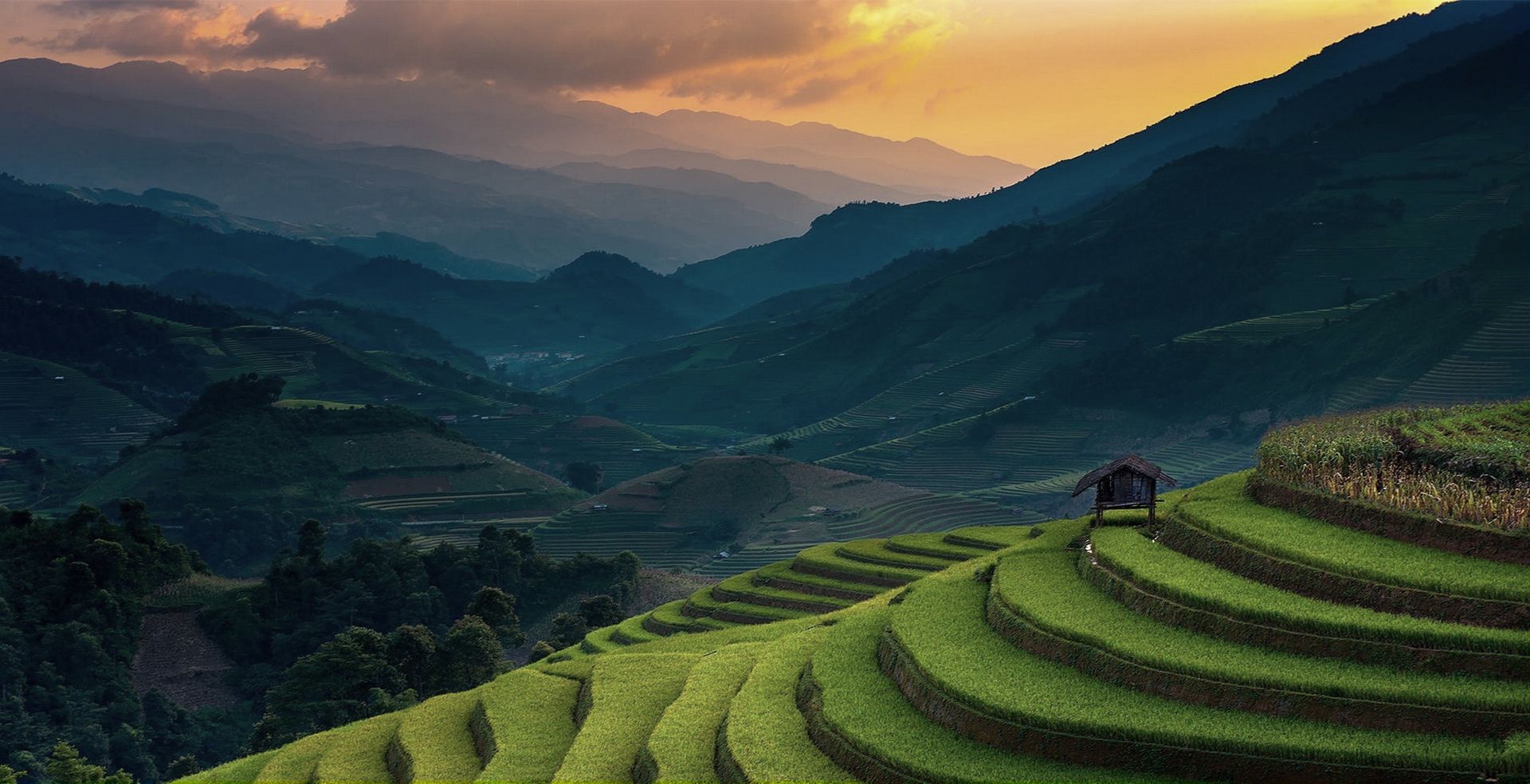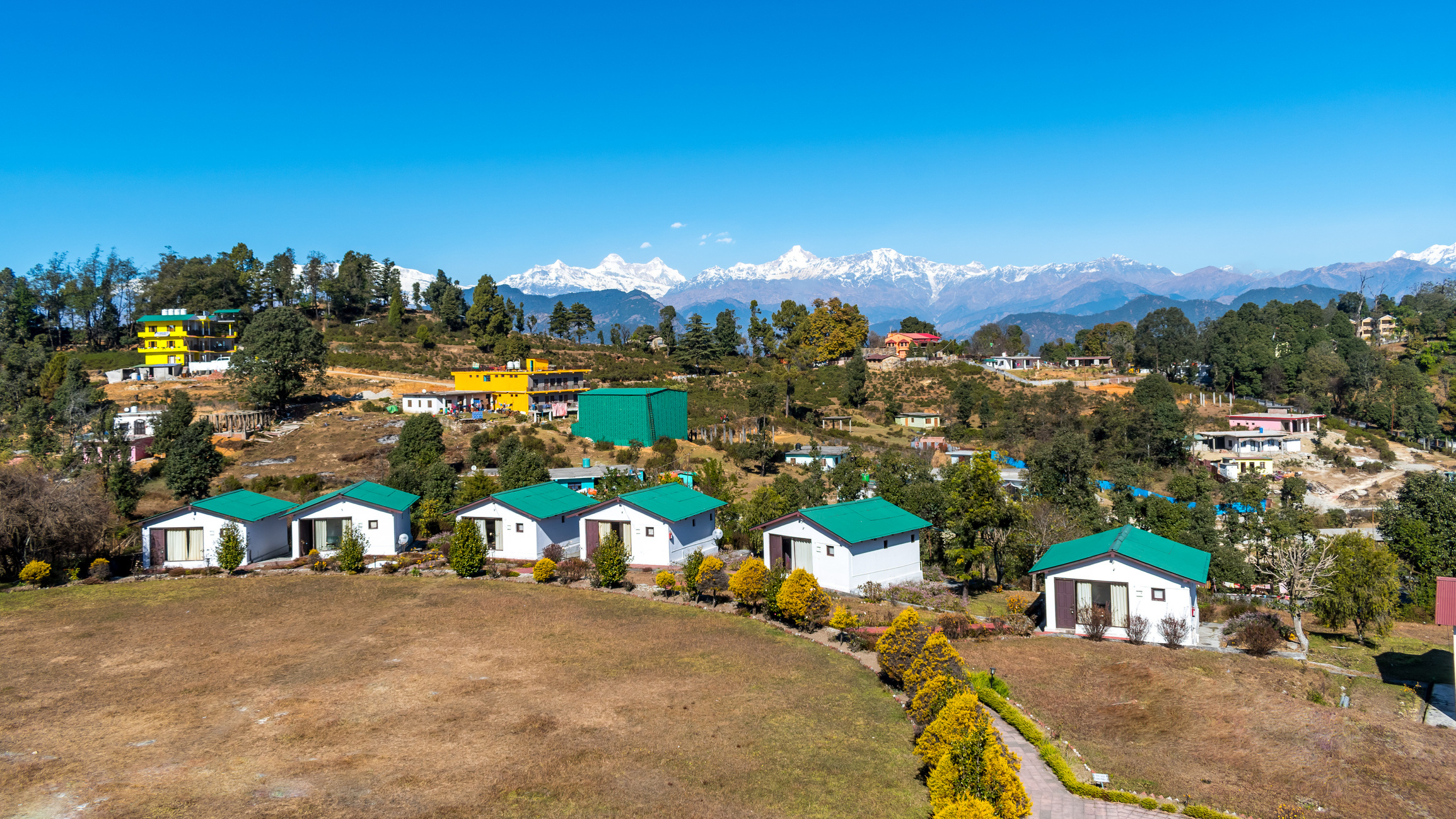Panch Badri Yatra
- Home
- Panch Badri Yatra
Panch Badri Yatra Overview
🌄 Panch Badri – The Five Holy Shrines of Lord Vishnu
The five Badries are revered by all as the apt tribute to Lord Vishnu. Badrinath is devoted to the worship of Vishnu who, according to an amusing tale, usurped this place from Shiva. For Vishnu had come here as the gods once did, to offer penance. He loved the place so much that he plotted to unseat Shiva from his meditation here. He took on the form of a beautiful child and began to wail. Shiva’s wife, Parvati picked him up but could not calm the child. Since his wailing continued to disturb Shiva, he shifted to Kedarnath in exasperation, leaving the spot free for Vishnu to occupy. But remainders of Shiva’s stay continue to linger, most visibly in the name, Badri, a kind of berry that Shiva was most fond of, and the gigantic tree, invisible to the morale eye, that served Shiva. Considered one of the Char Dgam or four principal places of Hindu worship in the Himalayas, Badrinath four subsidiary Badries include Bhavishya Badri, Yogdhyan Badri, Vridha Badri and Adi Badri.
🙏 Importance of Panch Badri
- Visiting all five shrines offers blessings of different avatars of Lord Vishnu.
- Strong connections with Mahabharata, Narad Muni, and Adi Shankaracharya.
- A complete yatra is believed to bring moksha (salvation) and spiritual upliftment.
Best Time to Visit
- May to October is the best time, when all shrines remain open.
- Winter months witness closures due to heavy snowfall, except Adi Badri and Vriddha Badri which are accessible throughout the year.
The Five Temples of Panch Badri
Badrinath
Also known as Vishal Badri, this temple located at the height of 3,133 mts. is the largest Himalayas and most popular of Vishnu pilgrimages among the five Badries. The original temple here is believed to be built by King Pururava and the icon of the lord carved by Vishwakarma, the creator of the gods. The idol was recovered by Adi Shankaracharya from the waters of the nearby Naradkund and consecrated once more in the temple, restored in the 19th century by the royal houses of Scindia & Holker. So holy in these shrines that it forms one of the four prominent places of Hindu worship. The epic Mahabharata, it is believed, was composed in the Vyas and Ganesh caves close by. The Vishnu Ganga which later becomes Alaknanda flows below while Neelkanth keeps vigil over all devotees.
The most famous and significant among all.
Part of the Char Dham Yatra as well as the Chota Char Dham.
Located at 10,279 ft, the temple houses Lord Vishnu in the form of Badrinarayan.
Legend: Adi Shankaracharya discovered the deity in the Alaknanda River and established the temple in the 8th century.
Surrounded by snow-capped peaks, hot water springs (Tapt Kund), and the iconic Neelkanth Peak.
Bhavishya Badri
The Future Badri is located at 2,744 mts. amidst the thick forests surrounding Tapovan. According to a divination, it is here that all devotees will throng once Badrinath is no more. While there can be no conceivable reason why this should happen, scientists agree that Joshimath, the entry point into the area before the final, most strenuous climb, is sited on an ancient landslide and has been sinking, and with a barrage coming up close by, may actually see the fulfillment of the divine prophecy.
But whatever happens, Bhavishya Badri is popular even now. Enshrined here is the lion headed image of Narsingh. Visitors pass the serene Tapovan, a place known for its hot water springs en route to the banks of the Dhauliganga, and on to the shrine.
Located at 9,003 ft, near Joshimath.
The deity here is in the form of Narasingha (lion-headed incarnation of Vishnu).
Legend: It is believed that in the future (Kaliyuga end), Badrinath will become inaccessible, and Bhavishya Badri will be the main seat of Vishnu’s worship.
This makes it an extremely mystical and prophetic site.
Yogdhyan Badri
Every so often in the Garhwal Himalayan, tales from the Mahabharatha spring magically to life. Yogdhyan Badri, 1,920 mts. is located at Pandeshwar, named after the Pandavas King. It is said that the Pandavas, victorious after their battle against the Kauravas, but emotionally scarred, came to the Himalaya.
And it was here that they handed over their capital, Hastinapur, to Raja Prikshit and took up penance before seeking out the highway to heaven. The importance of the Badri is immense and the sanctum has an image of the lord in a meditative postures.
Situated at 6,000 ft in Pandukeshwar village.
The idol is in a yogic meditation posture.
Legend: King Pandu, father of the Pandavas, meditated here to atone for his sins. The Pandavas also installed the bronze idol of Vishnu here.
It is the winter seat of Lord Badrinath, as the main shrine remains closed due to snowfall.
Virdha Badri
Before Badrinath was designated one of the four Char Dham of Hindu worship by Adi Shankaracharya, the idol of Badrinath carved by divine Vishwakarma was enshrined and worshipped here. It is said that when mankind entered the age of Kali, Vishnu chose to remove himself from the temple. Interestingly the image was found by Adi Shankaracharya at NaradKund, and restored, though part of it remains damaged. This, the first Badri, is located at the height of 1,380 mts. at Animath. While Badrinath closes during winter, the idol and priests hibernating at Joshimath, Virdha Badri remains open throughout the years.
Located at 4,527 ft in Animath village, 7 km from Joshimath.
The oldest among the Panch Badri shrines.
According to legend, Lord Vishnu appeared to Narad Muni in the form of an old man (Vriddha) and gave him blessings.
Known for its peaceful and ancient charm.
Adi Badri
Another pilgrimage centre of local importance is this group of 16 temples en route to Ranikhet and closes to the confluences at Karan Prayag. The main temple is dedicated to Narayan and has a raised platform in the pyramidal form. Within the temple, a black stone idol is installed.
It is believed that these temples, dating to the Gupta age , was sanctioned by Adi Sankaracharya who wanted to spread the tenets of Hinduism to every remote corner of the country.
A group of 16 temples, the main shrine dedicated to Vishnu.
Located at 6,397 ft, 17 km from Karnaprayag.
Built during the Gupta dynasty and later revived by Adi Shankaracharya.
Mythology states Vishnu was first worshipped here in the Satya Yuga.
🏞️ Nearby Places to Visit with Panch Badri
1. Joshimath
- A spiritual hub and winter seat of Lord Badrinath.
- Home to the famous Narsingh Temple, Shankaracharya Math, and Kalpavriksha.
- Base point for Auli, Valley of Flowers, Hemkund Sahib treks.
Joshimath
2. Auli
- Known as the skiing capital of India.
- Surrounded by majestic peaks like Nanda Devi, Kamet, and Mana Parvat.
- Ropeway ride from Joshimath to Auli offers breathtaking views.
Auli
3. Mana Village
- The last village of India, just 3 km from Badrinath.
- Famous spots: Vyas Gufa, Ganesh Gufa, Bheem Pul, Saraswati River origin.
- A culturally rich village of the Indo-Mongolian Bhotiya tribes.
Mana Valley, Uttarakhand
4. Valley of Flowers National Park
- UNESCO World Heritage Site, 20 km trek from Govindghat (near Joshimath).
- Famous for its colorful alpine flowers, rare Himalayan flora, and fauna.
- Best visited during July–September.
5. Hemkund Sahib
- A revered Sikh pilgrimage at an altitude of 15,200 ft.
- Dedicated to Guru Gobind Singh Ji, the 10th Sikh Guru.
- Accessible via a scenic trek from Govindghat through Ghangaria.
6. Karnaprayag
- A holy confluence of Alaknanda and Pindar rivers.
- Mythological link: Named after Karna from Mahabharata, who meditated here.
7. Rudraprayag
- Confluence of Alaknanda and Mandakini rivers.
- Gateway to Kedarnath and Badrinath routes.
- Houses ancient temples like Koteshwar Mahadev.
8. Nandaprayag
- Confluence of Alaknanda and Nandakini rivers.
- A peaceful stopover on the Badrinath route.
9. Tungnath & Chandrashila
- World’s highest Shiva temple (Tungnath) at 12,073 ft.
- Chandrashila Peak trek offers 360° Himalayan views including Nanda Devi & Chaukhamba.
10. Pandukeshwar
- Situated between Joshimath and Badrinath.
- Famous for Yogdhyan Badri temple and links with King Pandu & Pandavas.
More Information..
BY AIR – The nearest airport to is Dehradun Airport, Uttarakhand.
BY RAIL – The nearest major railway station is Haridwar Railway Station.
Places to visit nearby..
Locate on Map..
Send an Enquiry!
Send Enquiry !
last minute deals
Kedarnath Yatra 2024
Tour Theme
Recent posts
Our Facebook page
Tour Packages
- Quality4.77
- Location4.7
- Amenities4.57
- Services4.8
- Price4.6
Chardham Yatra Ex Delhi ( 11N -12D)
Featured Tour Packages
- Quality4.77
- Location4.7
- Amenities4.57
- Services4.8
- Price4.6


